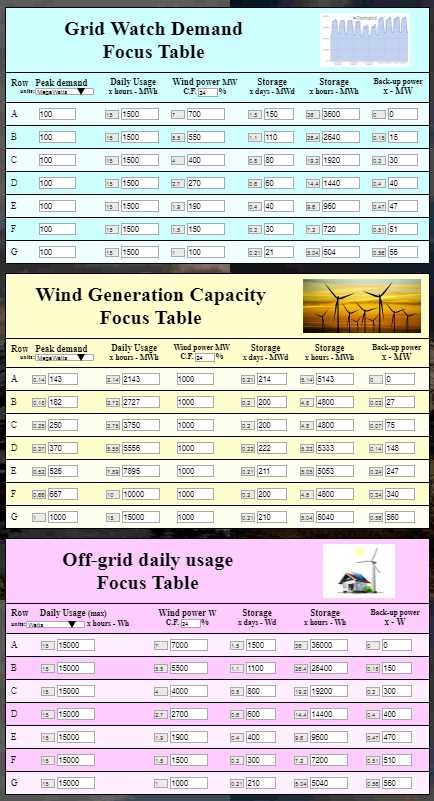Not necessarily, a simple wind vane would be able to keep the sail at a correct angle.
I simply meant that the turbo sail is designed to give forward thrust from a wider range of wind directions than a standard sail.
The direction that the sail points can of course be changed, but then you may as well just use a normal sail.
How does a steam engine convert a steady steam pressure into rotating wheels? Is that not achieved by the use of "flywheels"?
All the sail does is create a pressure in a certain direction.
Well, more accurately, it creates a force from a pressure differential caused by wind flow along the aerofoil shape, so apologies if that has confused.
When pushing against whatever is restricting its motion, a pressure is created.
It may be a constant force at that point, but no work can be done, as work requires movement.
The only time such a set-up would do work is if the mast was allowed some ability to move.
During such a movement it could push in a piston, but then, as said previously, it would need to reset to its previous position.
The only object that would do work in your set up is the mast.
With a steam engine there is a working fluid that does the work.
The system can thus do work for as long as there is fluid to do so.
So it is not the pressure person ex it the ability to do work that is important.
The thought occurred to me after watching acres of windmills spaced far apart, which seemed to me a waste of space, even as the windmills themselves work great, but require a large area from the size of the rotating blades.
Yes, this is an issue, as well as the noise.
There are new variants being developed and tested, relying on vortices created when an object is in a wind flow.
These would be bladeless and quieter, but testing so far suggests they produce power far less reliably, and damage quite easily.
It occurred to me that turbo sails would require much less space as they function vertically instead of horizontally, and actually have a larger surface area than bladed mills, and perhaps have an added advantage of less distortion in airflow?
But the two work in very different ways.
The windmills convert wind flow into a rotation.
The blades are capable of doing work (I.e. moving) unhindered for as long as there is a wind to flow against the blades.
A turbo sail converts the same wind flow into a lateral (forward relative to the sail) motion, but because they are stuck in the ground it ends up as just a pressure between the sail and the earth/supporting structure, with no further capability of doing work.
Imagine if you could hold the blades of the windmill still in your hand so that it didn't rotate.
You would feel a pressure against your hand as it wanted to move, right.
This is what the turbo sail would be like, simply pushing against the ground as it wanted to move forward.
You can't generate energy from that.
You must be able to do work.

